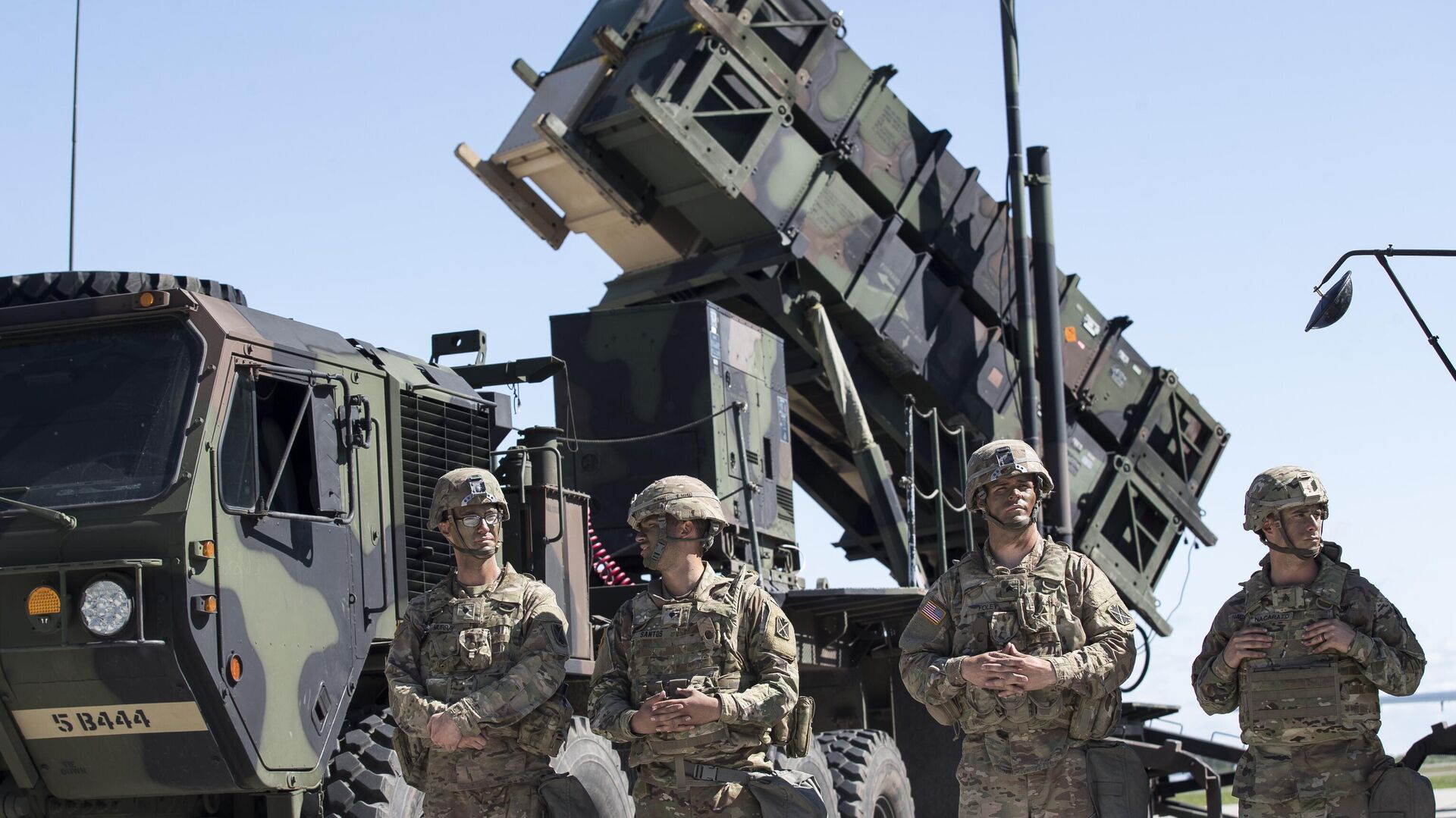FrankenSAM: The Reasons US Chimera Weapons Cannot Close Important Holes in Ukraine's Air Defenses

© AP Photo / Mindaugas Kulbis
Subscribe
The FrankenSAM air defense systems, which combine elements of Soviet and American weaponry, are intended to be supplied to Ukraine by the US Department of Defense. Why is the Pentagon conducting this experiment?
The US mainstream press has reported about "Frankenstein" weapons systems which may soon be delivered to the Kiev regime in order to patch the gaps in Ukraine's air defenses. US officials dubbed the initiative the “FrankenSAM” program, which will combine Western surface-to-air missiles with Soviet-era launchers and radars.
The Western media describes two variants of the Pentagon's chimera weapons: one represents a mishmash of Soviet Buk launchers and American Sea Sparrow missiles; and the other one uses Soviet-era radars and American Sidewinder missiles.
These hybrids have been tested over the past several months on US military bases and may be delivered to Ukraine as early as this autumn, according to the press.
"This is a signal," Andrey Koshkin, a Russian retired colonel and expert at the Association of Military Political Scientists, told Sputnik. "What does it say? America is no longer able to supply [weapons to Ukraine]. All the ammunition has already been redirected from Ukraine to Israel. Well, in order to somehow reassure the Ukrainians – because Joe Biden constantly reassures them – to calm them down, they say, ‘Let's try to make a Frankenstein.’"
Still, the retired colonel is highly skeptical about the efficiency of the Pentagon's hybrid air defense systems.
"First-class systems were supplied from Sweden, first-class systems were supplied from Norway, first-class systems were supplied, as the Americans believe, in the form of Patriots (which, excuse me, are at the level of our S-300, which we will soon remove from service). Nothing of that was enough [to fill gaps in Ukraine's air defenses]! And if [these systems] are homemade, what will they do? How many of these [FrankenSAM systems] will they make? Well, two, well, three, I even admit, five. Will they solve the problem? No, they will not solve any problem of changing the ratio of success on the line of combat contact."
The major problem is that neither of those chimeras would be able to work at a maximum capacity of original American and Soviet systems, according to Koshkin. In fact, they will be between hay and grass.
The expert explained that military equipment must meet the so-called tactical and technical characteristics in accordance with its design. However, the hybrids no longer allow one to solve these issues, according to him. "Why? Because this is a sub-American and sub-Soviet system," he said.
But that is not all. The most crucial problem is synchronization of the various parts of the Pentagon's Frankenstein, the retired colonel continued. It is very difficult to synchronize military equipment if it suddenly begins to malfunction for some unknown reason, he noted.
"Moreover, air defense systems must detect targets," Koshkin continued. "When it comes to radar stations, will they be Soviet or American, or will they be 50-50? Then the signal should be transmitted to anti-aircraft missile launchers; what will they be: American, Soviet, or 50-50? Who will receive this signal? A specialist is trained to use either Soviet or American equipment. It is not clear whom to hire, because there are no personnel specialized to operate the Soviet-American [hybrid] equipment, which means they need to be trained, and so on. You see, no matter what node I name, there’s a problem in each of them."
Over the past 20 months, the US and its NATO allies have sent a range of various air defense systems to Kiev. However, military experts explained to Sputnik that most of the NATO-grade air defense systems provided to the Kiev regime were meant for shielding Western weapons in the first place, while Ukrainian military infrastructure and personnel on the front line have remained largely exposed to Russian strikes.
FrankenSAMs are unlikely to improve Ukraine's air defenses: they just "provide an opportunity to put weapons that are collecting dust on NATO capitals’ shelves into practical use," as the US media summed up, citing Western military experts.


